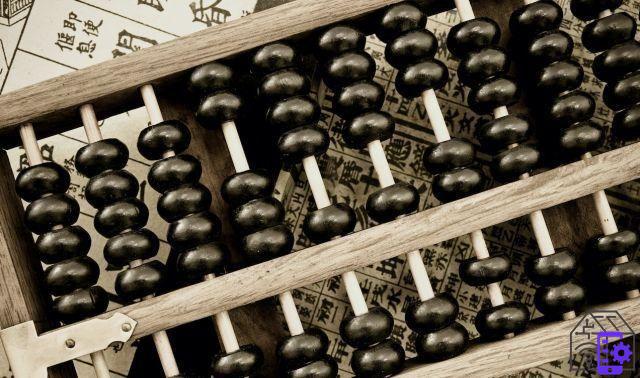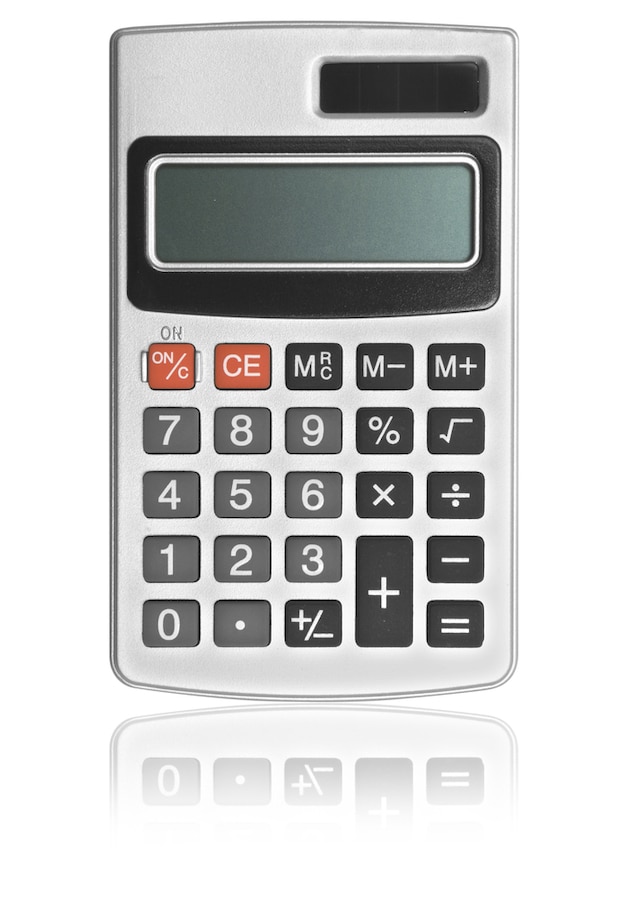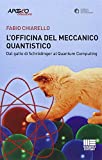
Dear readers, in this column we have repeatedly dealt with the evolution of innate human attitudes, such as communicating or playing.
Among these attitudes, which perhaps we should call necessity, also includes that of making calculations.
Man began to count about 30.000 years ago, between the Paleolithic and the Neolithic. When, living in groups, he had to divide the food among the various members (using the four operations, primarily the division).
Calculation is therefore a process that processes one or more numeric input data, transforming them into one or more results. It can be on a voluntary basis, but also delegated to more or less autonomous processors.
Here, in this regard: precisely the calculation tools, how have they changed in history?
Mind and fingers
Before discovering how the tools of calculation have changed, let's start by mentioning the two most universal ones, which have always accompanied, and always will accompany, humanity. That is to say the calculation in mind and the one with the fingers. Where the fingers sometimes replace the mental operation, and other times they serve only as a visual memory support.
But, apart from the immutability of mind and fingers, how have the tools of calculation changed?

The first calculation tool
The first calculation tool is the so-called Lebombo bone.
Found in the mountains of Swaziland and dating back to 35.000 BC, it is a baboon fibula possibly used as a weapon. But on which 29 notches have been engraved, which are thought to refer to prey killed by a hunter.
The abacus
To understand how calculation tools have changed, one cannot fail to mention the abacus. That is, a tool so effective in its simplicity that it is still used today.
Invented in China about 2000 years before Christ, was later adopted by the Greeks and Romans. Its operation, universally known, is based on different series of pieces that facilitate the calculation of addition and subtraction.
The mathematical tables
The mathematical tables will be developed together with the abacus, and again it is such an effective tool that it is still used today. A mathematical table is a table pre-filled with the results of the most common operations.
Numerous mathematical tables have been found in places where the Sumerian and Babylonian civilizations developed. The multiplication table is very famous in this sense.
The analog computers
A key century to understand how calculation tools have changed is the seventeenth century, when several great inventions gave way to the era of analog computers.
The first tool is represented by Napier's sticks, rods that facilitate complex calculations (not only multiplications and divisions but also extractions of square and cubic roots).
Then there is the slide rule, used until the mid-twentieth century, when electronic calculators burst onto the market.
Furthermore, we owe the proportional compass to Galileo Galilei. Galileo actually designed and built it in the last years of the sixteenth century.
Finally, we recall two precursors of the modern calculator: the pascaline, conceived by the French mathematician and philosopher Blaise Pascal, and the Leibnitz calculator.

The differential analyzer
For now we are always faced with tools for calculation that require, at least in part, human intervention. This brings us to 1876, with the first prototype of differential analyzer, an analog calculator capable of solving differential equations. The instrument will be perfected only in 1927.
The twentieth century
It is impossible to account for what happened in the twentieth century with regard to calculation tools: in a few decades technology has evolved exponentially, not to mention the acceleration given first by information technology and then by the Internet.
Let's just say that the calculation has evolved in two directions. With electronic calculators first and then with devices (computers and smartphones), each user has the ability to perform practically any type of operation instantly. And then there are the large electronic computers, capable of solving mathematical calculations of enormous complexity in ever shorter times.
Discount The workshop of quantum mechanics. From the cat of ...
The workshop of quantum mechanics. From the cat of ...
- Chiarello, Fabio (Author)
Quantum computers
The calculations, after all, are always the same. What can change, and is changing ever more dramatically, is the speed of processing.
Today quantum computers make it possible to solve operations of extraordinary complexity in a few seconds. An example: Zuchongzhi, the most powerful quantum computer in the world today, solved in just over an hour a calculation so complex that it would have kept a non-quantum supercomputer busy for 8 years.
It is all fascinating and mind-boggling. The advice, however, is to continue doing the calculations in mind, or at most using your fingers: a great way to keep the memory trained, and to remind ourselves that in the world - in addition to the machines - we are still there.


























